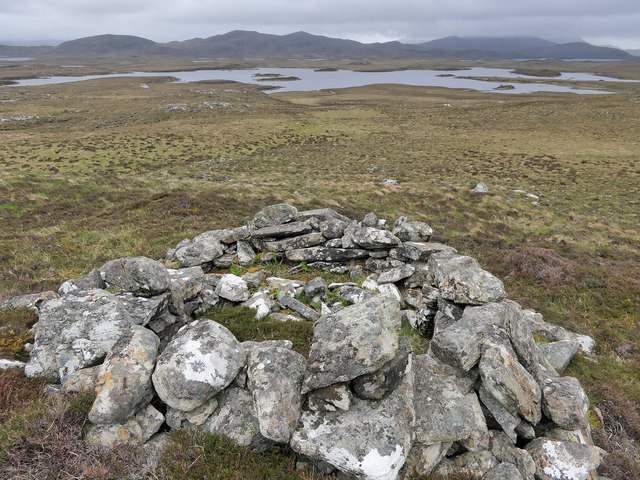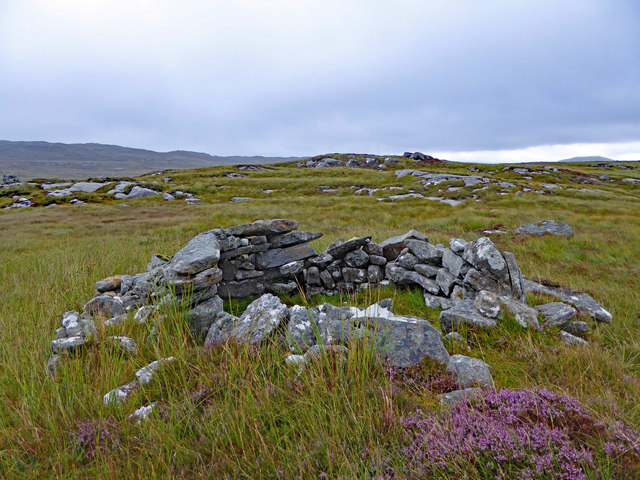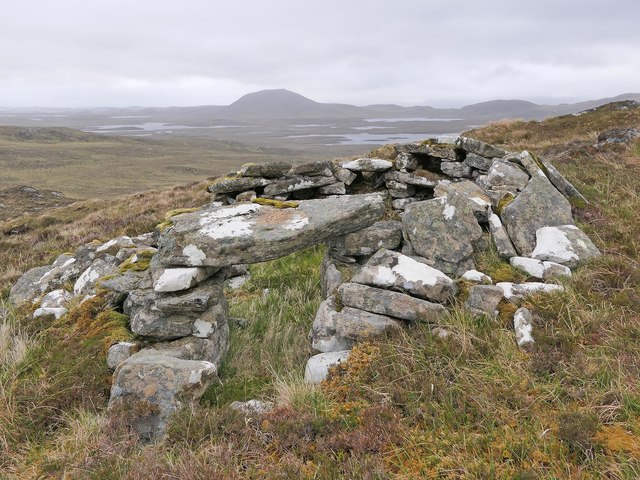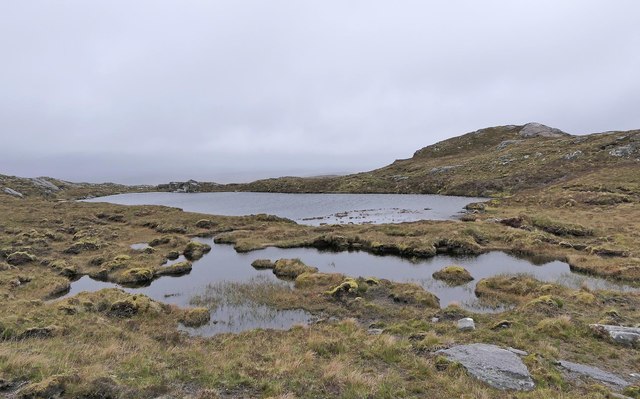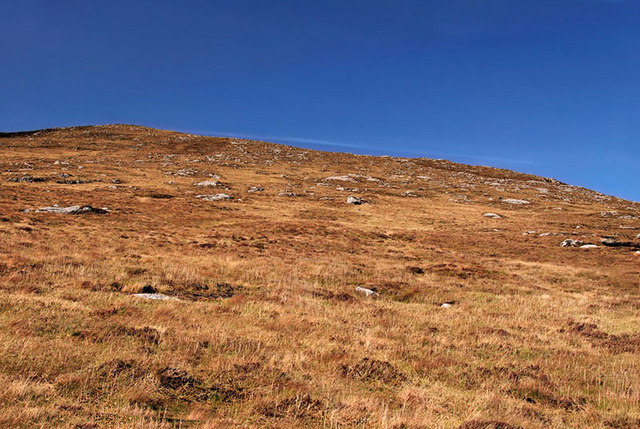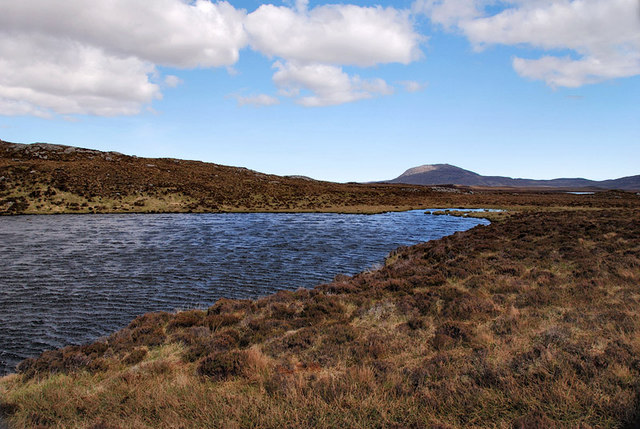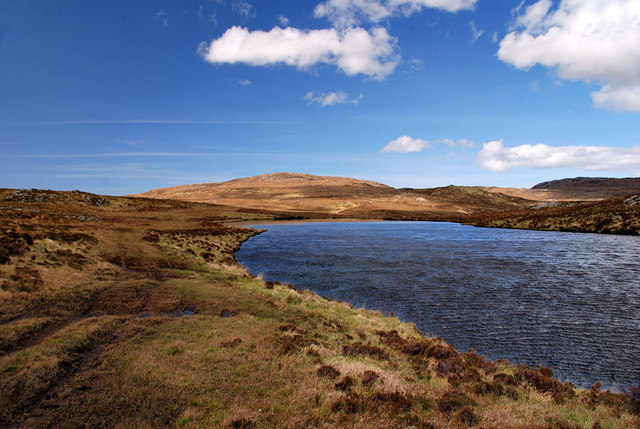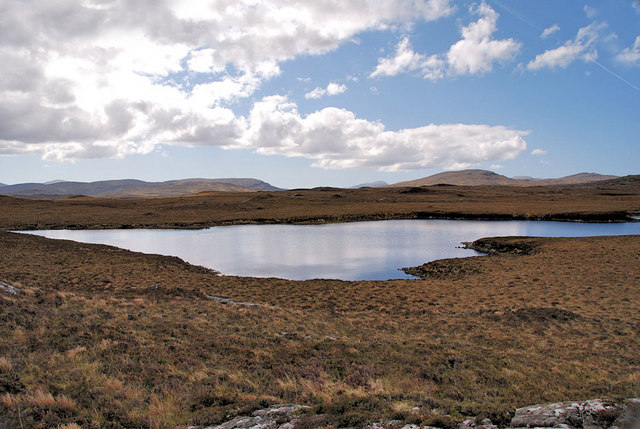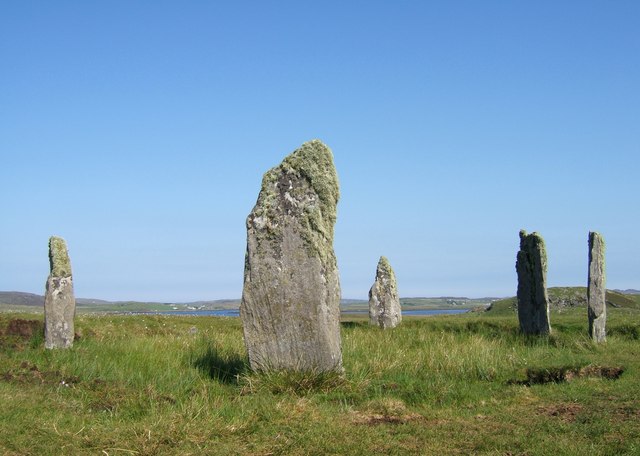Gleann Marstaig
Valley in Ross-shire
Scotland
Gleann Marstaig
![Ben Mohal [Beinn Mothal] Cairn Second HuMP of four today with Michael Earnshaw, Jim Bloomer and Martin Richardson in mixed weather. This is the cairn at the alternative summit.
Name: Ben Mohal [Beinn Mothal]
Hill number: 4944
Height: 207m / 679ft
Area: 24A: Lewis and Nearby Islands
Class: Hu,2
Grid ref: NB176240 (est)
Drop: 129m
Col: 78m NB168236](https://s1.geograph.org.uk/geophotos/03/69/37/3693745_84757201.jpg)
Gleann Marstaig is a picturesque valley located in Ross-shire, Scotland. Situated in the Scottish Highlands, this valley is renowned for its stunning natural beauty and rich cultural history. The valley is surrounded by majestic mountains, including the famous Ben Wyvis, which provides a breathtaking backdrop to the landscape.
The valley is characterized by its lush greenery, with rolling hills and meandering streams. It is home to a variety of wildlife, including red deer, golden eagles, and otters. The area is a haven for nature enthusiasts and offers numerous hiking trails and nature walks for visitors to explore.
Gleann Marstaig has a long and fascinating history, dating back to ancient times. The valley contains several archaeological sites, including standing stones and burial cairns, which are evidence of human settlement in the area thousands of years ago. The valley also played a role in the turbulent history of the Scottish Highlands, with tales of clan warfare and Jacobite uprisings.
Today, Gleann Marstaig is a popular destination for tourists seeking tranquility and natural beauty. The valley offers a range of outdoor activities, such as fishing, birdwatching, and mountain biking. Visitors can also immerse themselves in the local culture by exploring nearby villages and experiencing traditional Highland hospitality.
In conclusion, Gleann Marstaig is a picturesque valley in Ross-shire, Scotland, known for its stunning natural beauty, rich history, and wide range of outdoor activities. It is a must-visit destination for those seeking an authentic Highland experience.
If you have any feedback on the listing, please let us know in the comments section below.
Gleann Marstaig Images
Images are sourced within 2km of 58.107682/-6.7823655 or Grid Reference NB1823. Thanks to Geograph Open Source API. All images are credited.
![Ben Mohal [Beinn Mothal] Cairn Second HuMP of four today with Michael Earnshaw, Jim Bloomer and Martin Richardson in mixed weather. This is the cairn at the alternative summit.
Name: Ben Mohal [Beinn Mothal]
Hill number: 4944
Height: 207m / 679ft
Area: 24A: Lewis and Nearby Islands
Class: Hu,2
Grid ref: NB176240 (est)
Drop: 129m
Col: 78m NB168236](https://s1.geograph.org.uk/geophotos/03/69/37/3693745_84757201.jpg)
![Ben Mohal [Beinn Mothal] Summit Second HuMP of four today with Michael Earnshaw, Jim Bloomer and Martin Richardson in mixed weather. View of the 207 metre spot height towards the cairn.
Name: Ben Mohal [Beinn Mothal]
Hill number: 4944
Height: 207m / 679ft
Area: 24A: Lewis and Nearby Islands
Class: Hu,2
Grid ref: NB176240 (est)
Drop: 129m
Col: 78m NB168236](https://s1.geograph.org.uk/geophotos/03/69/37/3693757_f0c1ec6a.jpg)
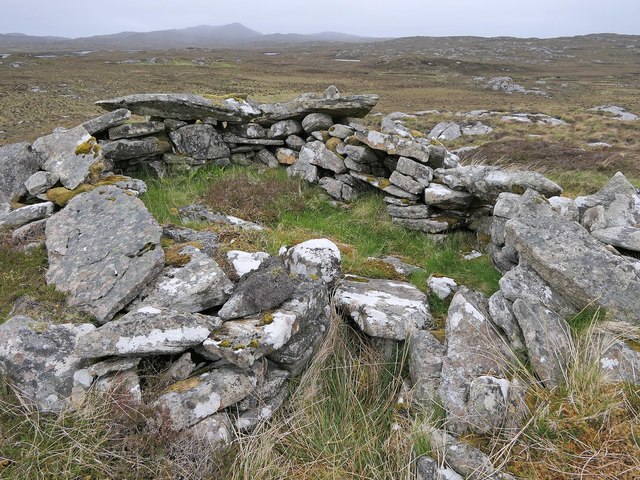
Gleann Marstaig is located at Grid Ref: NB1823 (Lat: 58.107682, Lng: -6.7823655)
Unitary Authority: Na h-Eileanan an Iar
Police Authority: Highlands and Islands
What 3 Words
///slicer.trim.clustered. Near Leurbost, Na h-Eileanan Siar
Nearby Locations
Related Wikis
Eilean Mòr, Loch Langavat
Eilean Mòr is an island in Loch Langavat on the Isle of Lewis in the Outer Hebrides of Scotland. == Footnotes ==
Gisla Hydro-Electric Scheme
Gisla Hydro-Electric Scheme was a small scheme promoted by the North of Scotland Hydro-Electric Board on the Isle of Lewis, Outer Hebrides, Scotland. It...
Airidh a' Bhruaich
Airidh a' Bhruaich (Arivruaich - anglicised) is a scattered crofting township in the South Lochs district of the Isle of Lewis in the Outer Hebrides of...
Callanish IV
The Callanish IV stone circle (Scottish Gaelic: Ceann Hulavig) is one of many megalithic structures around the better-known (and larger) Calanais I on...
Nearby Amenities
Located within 500m of 58.107682,-6.7823655Have you been to Gleann Marstaig?
Leave your review of Gleann Marstaig below (or comments, questions and feedback).
![Ben Mohal [Beinn Mothal] Looking from the alternative top cairn back towards the 207 metre spot height.
Name: Ben Mohal [Beinn Mothal]
Hill number: 4944
Height: 207m / 679ft
Area: 24A: Lewis and Nearby Islands
Class: Hu,2
Grid ref: NB176240 (est)
Drop: 129m
Col: 78m NB168236](https://s3.geograph.org.uk/geophotos/03/69/37/3693751_2745a451.jpg)
![View Towards Caultrashal Mor [Coltraiseal Mòr] On route towards the Marilyn hill called Caultrashal Mor [Coltraiseal Mòr].](https://s3.geograph.org.uk/geophotos/03/69/37/3693767_9b78ba90.jpg)
